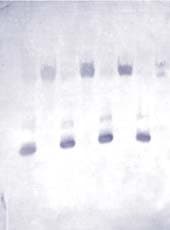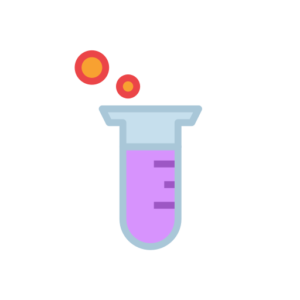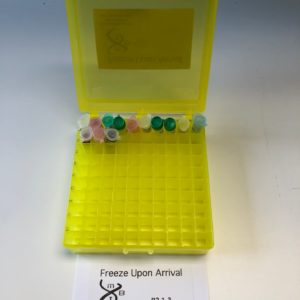Description
In 1975, Edward M. Southern at the University of Edinburgh, developed a powerful technique for DNA analysis which has become known as Southern blotting. Here your students use the Southern blotting procedure to identify the major control region for transcription and replication in the lambda phage genome. Following the step-by-step procedures in their manuals, students digest lambda DNA with a restriction endonuclease, electrophorese the DNA, and then transfer the separated fragments on the gel to a nylon membrane. The DNA fragment containing the control region is then identified by hybridization analysis using a biotinylated probe for the control region and the enzyme-color-producing assay. This exercise provides a wealth of practical information on one of the most powerful methods in molecular biology and illustrates an important strategy for mapping simple and complex genomes. This experiment requires about three 2-3 hour laboratory periods and typical results are shown in both the picture to the right and an attachment at the bottom of this page.
 Due to Customs restrictions, we only accept orders from educational institutions within the Continental United States, Alaska or Hawaii.
Due to Customs restrictions, we only accept orders from educational institutions within the Continental United States, Alaska or Hawaii. 

